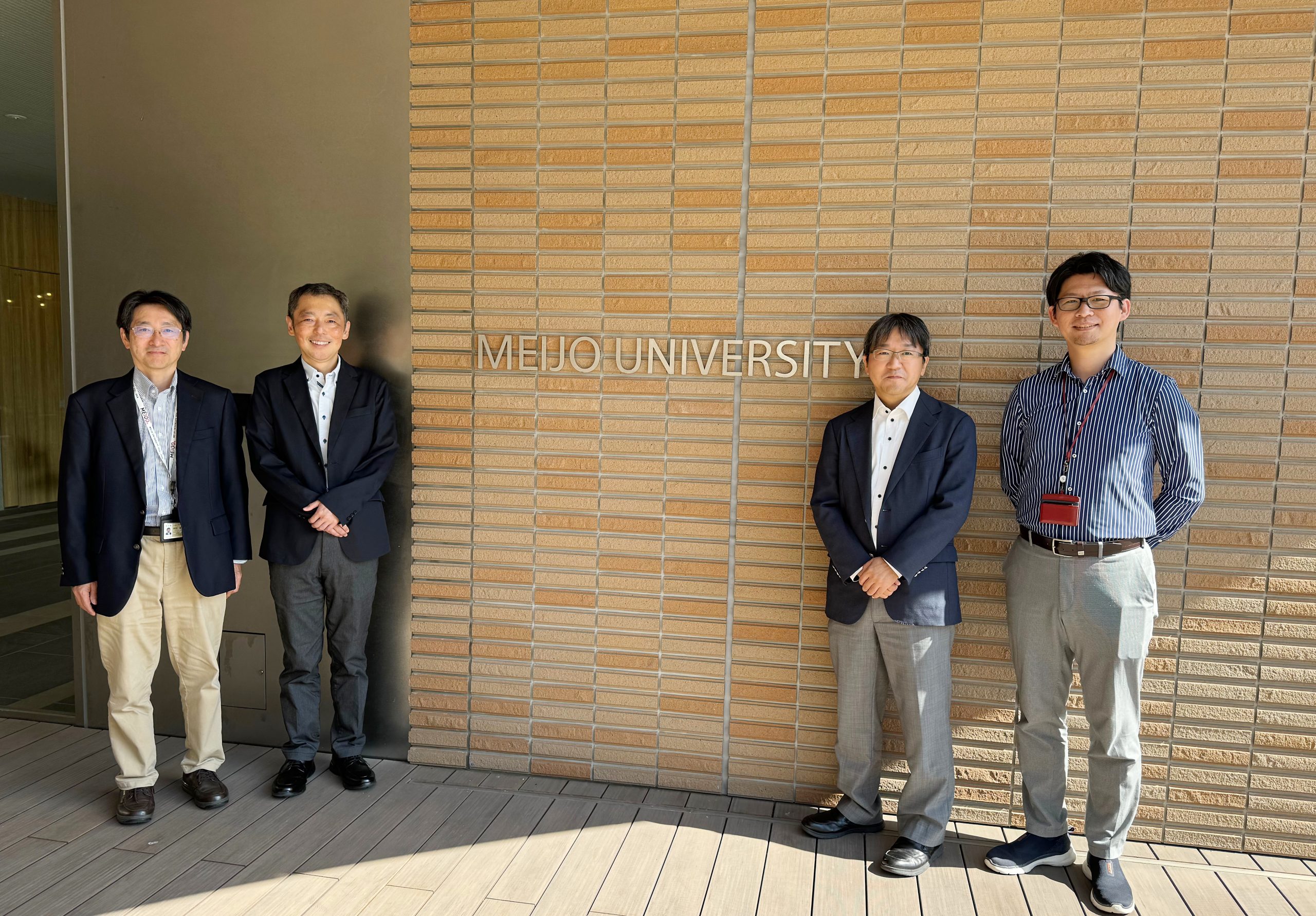In 2022, Meijo University’s Department of Information Engineering was reorganized as an independent Faculty of Information Engineering, having previously been one of the departments within the Faculty of Science and Technology. Looking ahead to the 2026 academic year, the university plans to establish a new Graduate School of Information Engineering, separating it from the current Graduate School of Science and Technology. We spoke with Professors Yasuyuki Yanagida, Masaya Yoshikawa, Hidekazu Suzuki, and Atsushi Teramoto about their vision for this new graduate program. Note: The details regarding the Graduate School of Information Engineering are currently under development and subject to change.
From left: Professor Yanagida, Professor Yoshikawa, Professor Teramoto, Professor Suzuki
The Faculty of Information Engineering is known for allowing students to design their own curriculum by combining two courses and four programs. What will the graduate school curriculum be like?

Yanagida: In the graduate school curriculum, each of the four specialized fields will offer several advanced-level subjects. In addition, we are introducing a new common subject titled Advanced Topics in Data Science and Artificial Intelligence, which will allow all students to gain graduate-level knowledge in data science and artificial intelligence.
How will the undergraduate and graduate curricula be connected?
Yanagida: Most graduate-level courses build upon and deepen the specialized content taught at the undergraduate level. The format and content will vary depending on the subject, but many courses will go beyond traditional lectures—for example, students may be required to read and present research papers, or engage in hands-on activities such as creating tangible projects.
Compared to undergraduate studies, what kinds of skills can students develop further in graduate school?
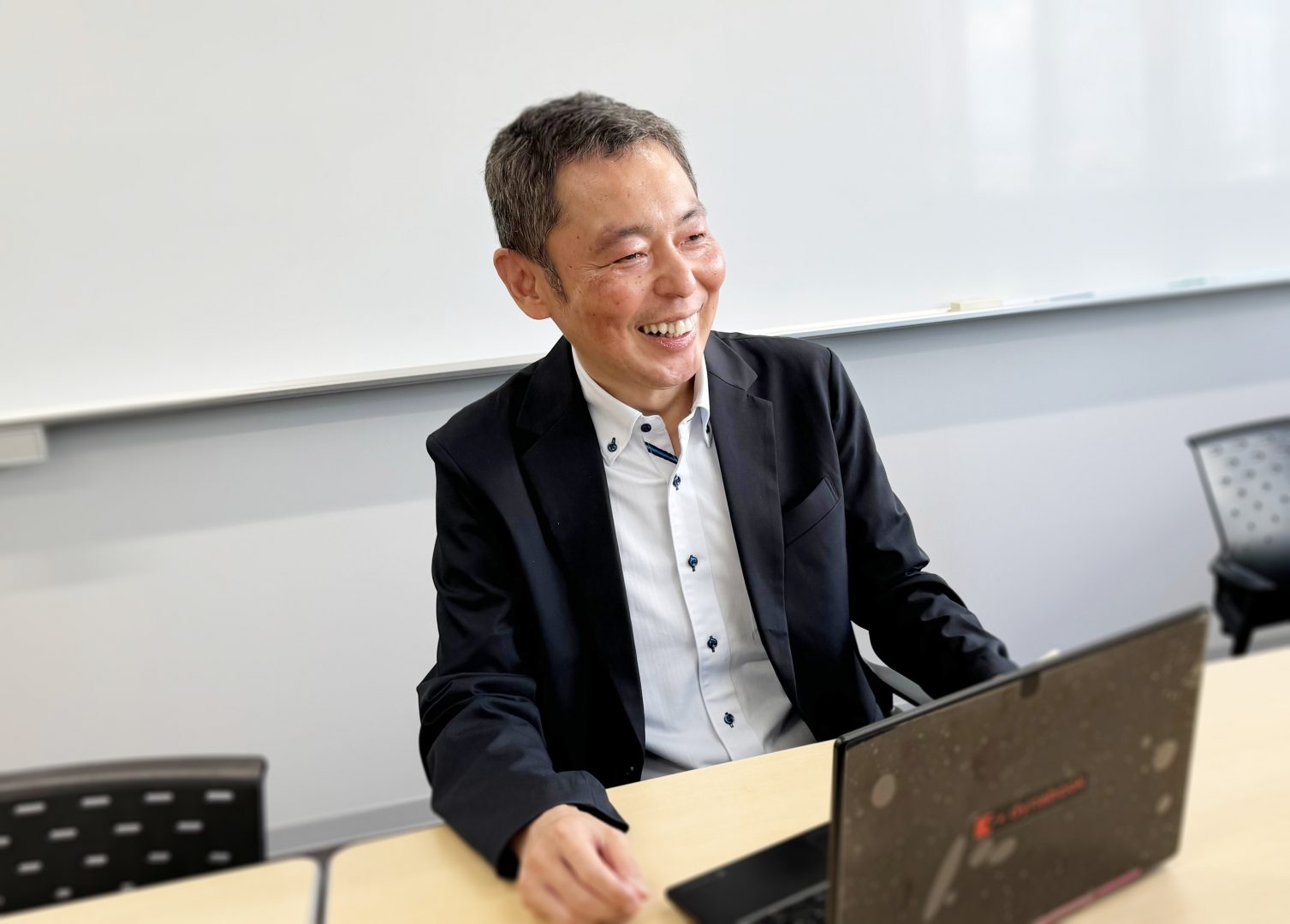
Yoshikawa: In undergraduate studies, particularly in the capstone graduation research project, students are typically given a topic and are expected to find ways to solve it. In contrast, graduate school involves a different process: students begin by conducting a survey of existing research—such as reading academic papers—to understand the current state of their chosen field. From there, they must identify a relevant problem on their own, then apply their existing knowledge and skills to devise a solution, evaluate its effectiveness, and present the results. These presentations are often made in English at international conferences, so students develop not only academic writing skills in English, but also the ability to engage in discussion and debate in English.
Yanagida: In graduate school, the primary focus is not on taking classes, but on conducting research. Students don’t just absorb knowledge—they actively investigate, implement, test, and produce outcomes. Through this process, they develop a comprehensive set of hands-on, research-driven skills.
What kinds of facilities will be available in the graduate school?
Yanagida: There won’t be a strict distinction between the facilities for undergraduate and graduate students. The graduate school will share facilities with the Faculty of Information Engineering. However, graduate students will spend more time conducting research in their assigned labs, rather than in shared student labs. As part of the new graduate school’s development, we are also planning to introduce specialized AI computing servers and other infrastructure to support the growing importance of data science and AI in society.
Could you tell us about the types of research labs available?
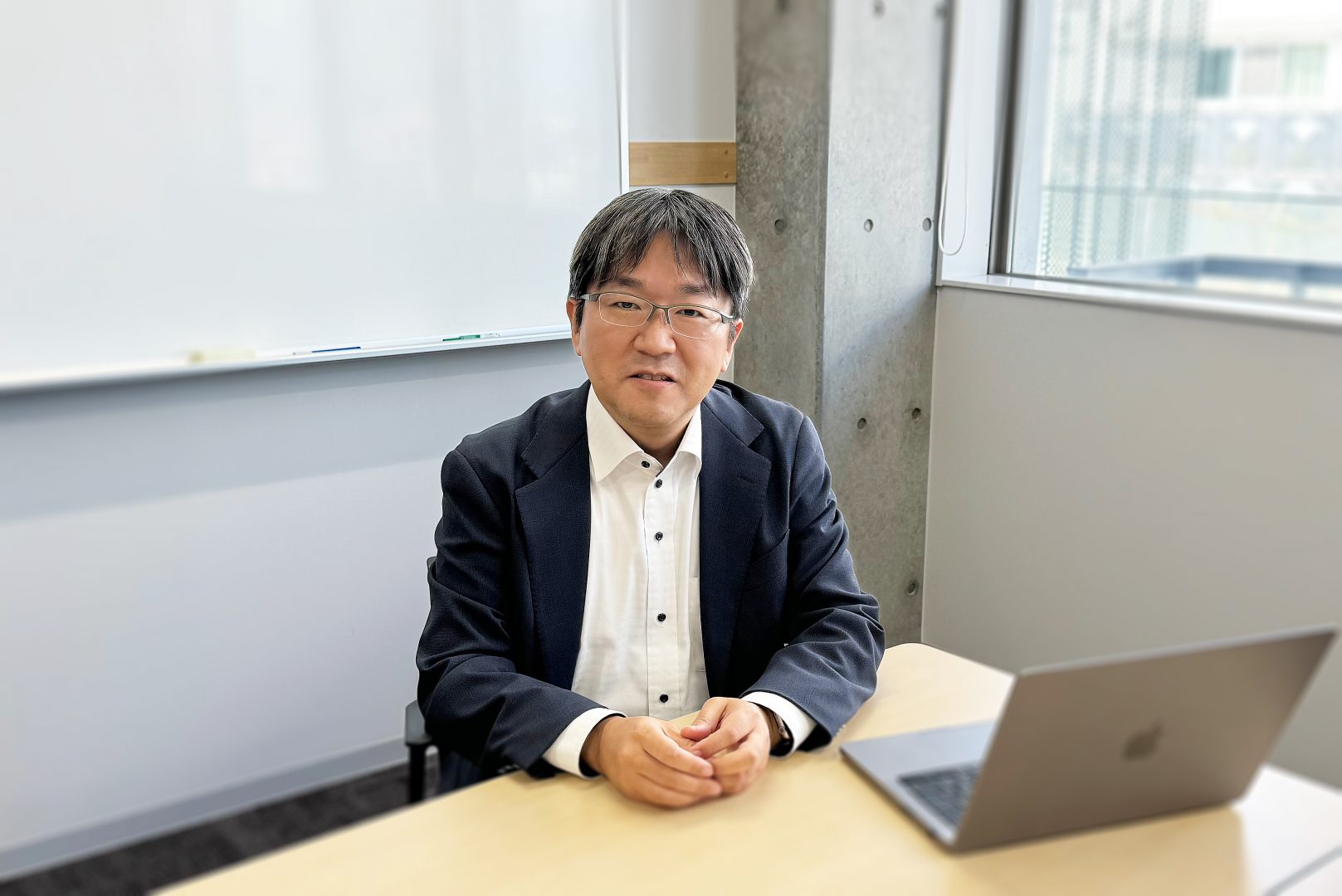
Teramoto: The Faculty of Information Engineering and its labs are organized into four major research areas: Physical Computing, Data Engineering, Human Media, and Network Systems. Each lab conducts advanced research using the latest technologies, with a focus on real-world applications. Research themes include virtual reality, natural language processing, information security, IoT devices, image processing, speech processing, affective engineering, and AI in healthcare, among others. Both graduate and undergraduate students are actively involved in research within these labs.
What kind of research are graduate students currently conducting in the predecessor program, the Department of Information Engineering within the Graduate School of Science and Technology?
Yoshikawa: In the Department of Computer Science, we focus on two main research areas: (1) Security for AI and (2) AI for Security. (1) refers to technologies that ensure the safe and secure use of artificial intelligence. One of our recent achievements is the development of a content protection technology that prevents generative AI from learning from copyrighted content without permission—we have filed a patent for this innovation. (2) involves using AI to enhance conventional security technologies such as cryptography and authentication. For example, even theoretically secure encryption systems may be vulnerable to attacks using side-channel information like electromagnetic emissions during the encryption process. Our research seeks to develop countermeasures against such threats.
Yanagida: In my lab, we conduct research in the fields of virtual reality and computer-human interface. Some students take on long-term research themes that have been passed down through successive lab members, deepening and expanding upon them. Others build on experiences from their senior year, such as participating in the IVRC (International collegiate Virtual Reality Contest), and develop new graduate research themes based on the challenges they encountered during the creation of interactive works.
Suzuki: In my laboratory, we are conducting research on the following themes: realizing reliable and secure end-to-end encrypted communication between devices in a complex internet environment, while maintaining uninterrupted communication even when devices move and their IP addresses change, through overlay network technology; developing a framework that enables smart devices and IoT devices to operate in coordination without being conscious of differences in communication protocols; technology for safely controlling smart home appliances remotely from outside the home; and a system for visualizing the status of garbage collection by determining garbage collection based on the operating sounds generated during garbage compression in garbage trucks.
Teramoto: In my laboratory, we are conducting research on AI technologies applied to the medical field. This research involves analyzing medical images using AI to detect diseases, identify their types, and support physicians in making diagnoses. Recently, many graduate students wish to study generative AI, and more than half are conducting research applying generative AI to the medical field. Examples include research that, when given a chest X-ray image, analyzes image features and generates diagnostic reports, as well as research that generates medical images or converts them into other types for use in diagnosis.
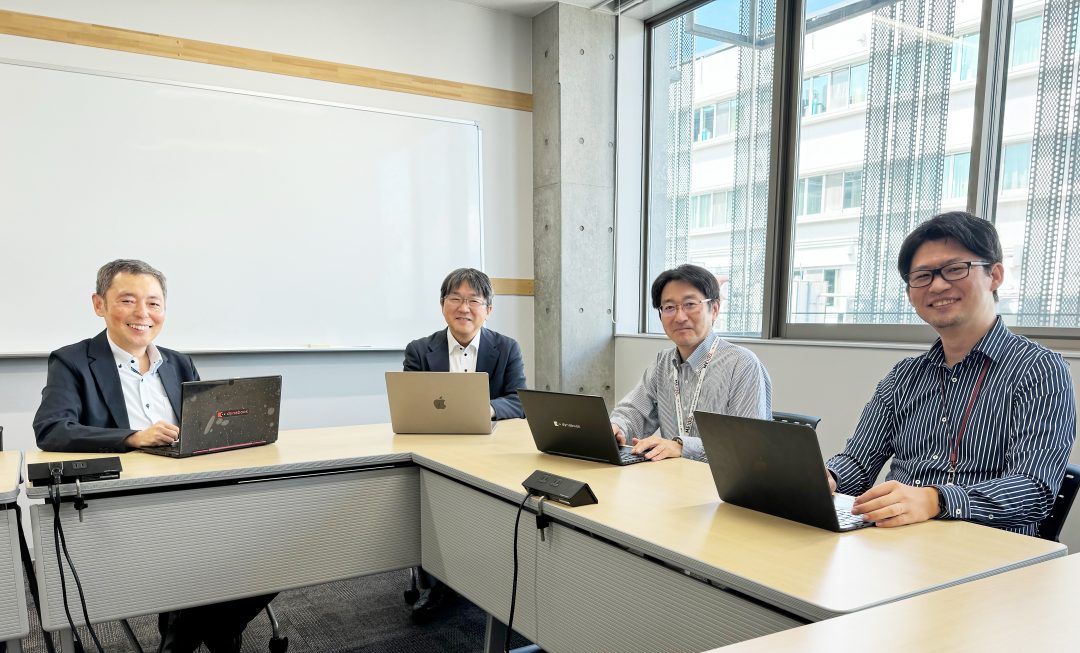
Please share a message for students considering applying to the graduate school from other universities or from overseas.
Teramoto: At the Graduate School of Information Engineering, we will promote research that applies computer science technologies across a wide range of fields. To achieve this, we need the perspectives and knowledge of students who have studied not only computer science but also various other disciplines. We welcome students who are interested in advanced research in computer science, regardless of their undergraduate field of study. We also strongly welcome applications from overseas. Each year, several international students enroll in our graduate program, and many have produced excellent research results and gone on to graduate successfully. We aim to build a global research environment where students from diverse backgrounds can deepen their research together.
What career paths are possible after completing the graduate school?
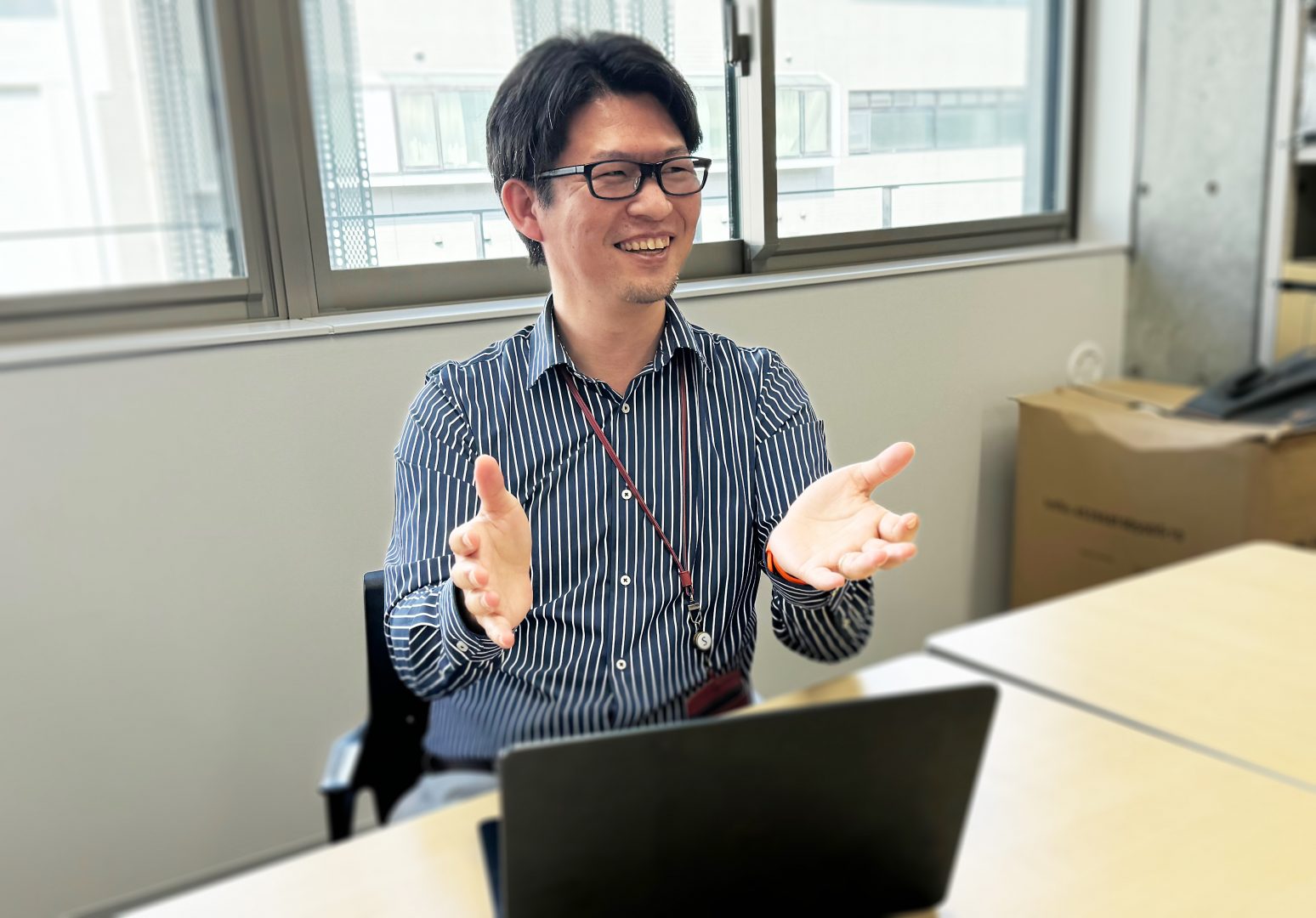
Suzuki: Career options include employment in the IT industry, manufacturers (such as those in the electrical, telecommunications, or mechanical sectors), IT consulting, government positions, educational institutions, and entrepreneurship. In terms of further studies, advancing to a doctoral program is also an option.
With the spread of transformative technologies like generative AI, society is experiencing significant change. What kind of human resources do you hope to cultivate?
Yoshikawa: I hope to cultivate individuals who can carve out their own paths in the world, no matter where they are. Through research activities in graduate school, I want students to gain the training necessary to develop that strength.
Yanagida: Rather than simply using generative AI provided by specific companies, I want to nurture individuals who understand how such technologies work and what their characteristics are—people who won’t be controlled by AI, but will be able to skillfully use it as a tool.
Suzuki: It is necessary to foster individuals who not only possess foundational and specialized knowledge and skills related to AI, but who can also understand and appropriately apply AI technologies with awareness of ethics—including transparency and privacy—as well as the social and economic impacts brought about by generative AI. Problem-solving skills and communication abilities, which have always been essential, will continue to be indispensable in the future.
Teramoto: Since its emergence, the computer—at the core of computer science—has increased in computational power by several billion times. There is no other field that has progressed so rapidly. In this ever-changing discipline, I hope to cultivate individuals who can open up new frontiers while keeping a clear view of the fundamental principles. To do so, it is important to develop the ability to gain deep insight based on solid foundational knowledge. By laying a strong foundation during the four undergraduate years in the Faculty of Computer Science, and then spending two years in graduate school delving deeply into a research topic, students can acquire such abilities.
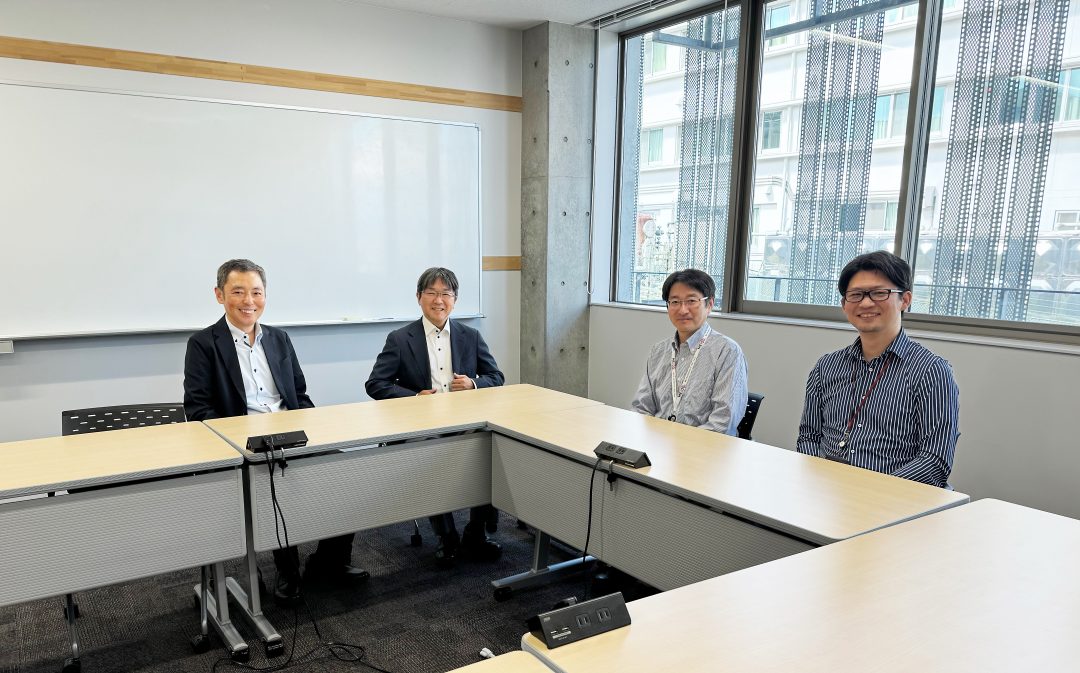
[Interview Date] October 24, 2024

